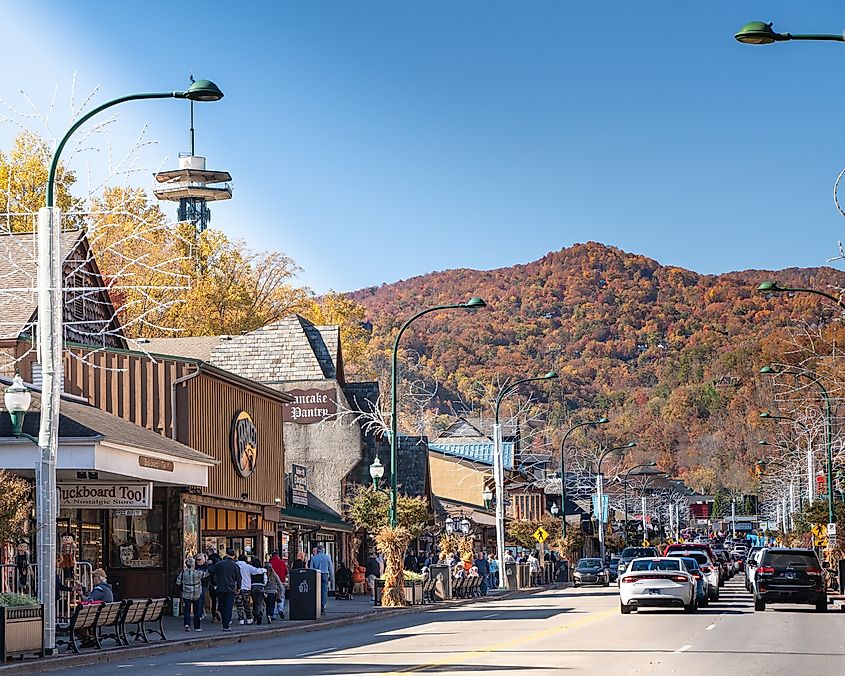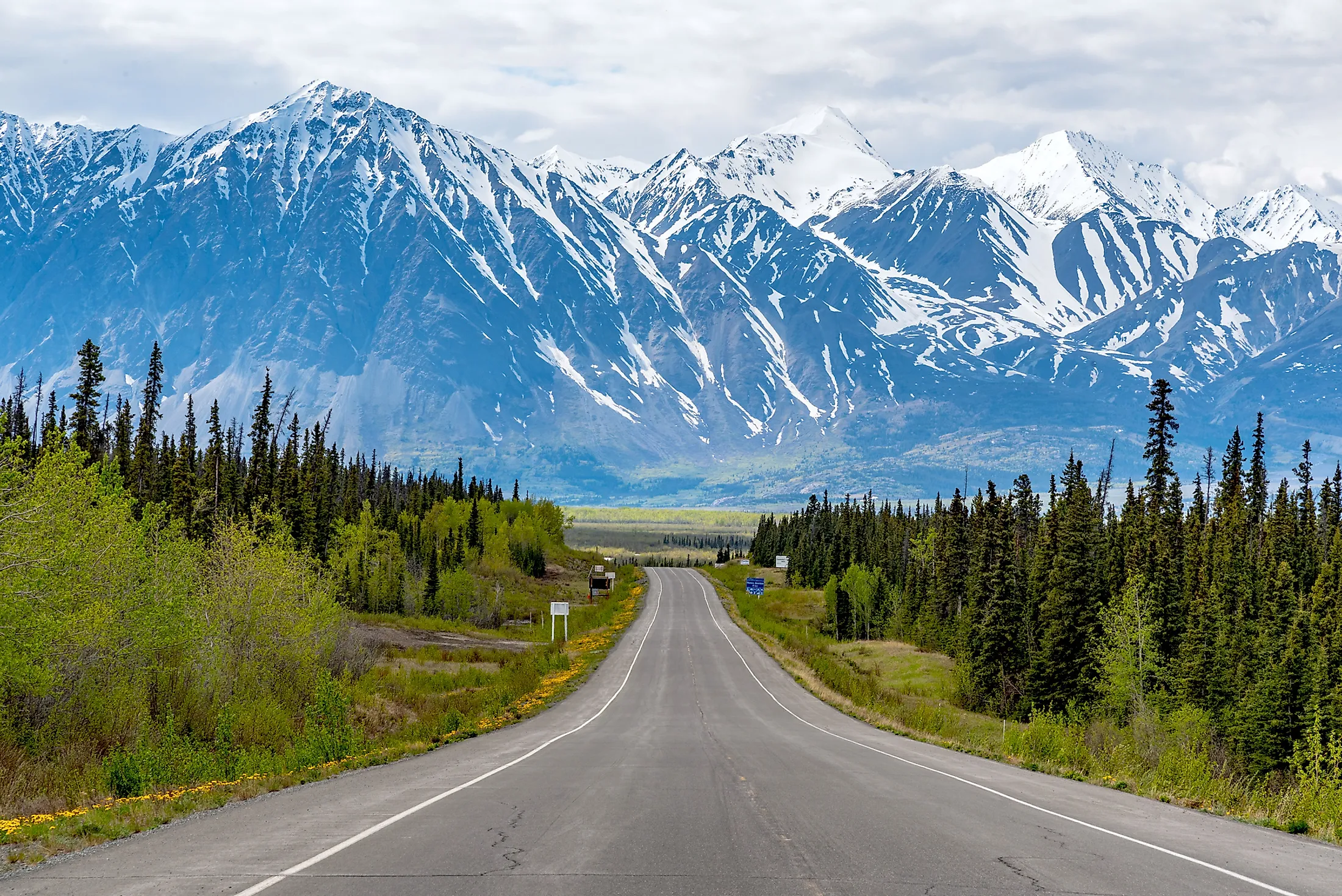
Yellowstone National Park’s Old Faithful Introduces Geyser Wonderland and Roaming Wildlife. From the depths of geothermal activity to the majestic presence of its roaming wildlife, Yellowstone National Park stands as a testament to the power and beauty of the natural world, attracting millions of visitors annually despite its remote location in the northwestern United States. Established as the world’s first national park in 1872, Yellowstone continues to captivate with its iconic Old Faithful geyser, diverse ecosystems, and stunning landscapes. This article delves into the park’s history, geological significance, wildlife, and key attractions, providing insights for those planning a visit to this extraordinary natural wonderland.
America’s First National Park, Yellowstone’s inception marked a pivotal moment in conservation history. The concept of preserving vast tracts of wilderness for public enjoyment and scientific study was revolutionary at the time. The impetus for its creation stemmed from a growing appreciation of the American West, fueled by expeditions such as the Washburn-Langford-Doane Expedition. These early explorations revealed the region’s unparalleled geothermal features and abundant wildlife, sparking public interest and advocating for its protection. However, the narrative of Yellowstone’s creation is incomplete without acknowledging the displacement of Indigenous peoples. The establishment of the park resulted in the forced removal of tribes like the Tukudika, Crow, and Shoshone, who had ancestral ties to the land. This displacement remains a sensitive and significant aspect of Yellowstone’s history, highlighting the complex ethical considerations inherent in early conservation efforts.
"The creation of Yellowstone was a landmark achievement, but it’s crucial to remember the human cost," notes Dr. Emily Carter, a professor of environmental history. "Acknowledging the displacement of Indigenous communities is essential for a complete understanding of the park’s legacy."
Initially managed by the U.S. Army to combat poaching and vandalism, Yellowstone’s administration transitioned to the National Park Service in 1918. The park served as a model for conservation initiatives worldwide, inspiring the creation of protected areas across the globe. In 1978, it earned UNESCO World Heritage Site status, solidifying its recognition as a globally significant natural and cultural site. Today, Yellowstone embodies the ongoing commitment to preserving wild landscapes for future generations, a concept that has gained increasing importance in the face of growing environmental challenges. According to a recent report by the National Parks Conservation Association, visitation to national parks contributes an estimated $40 billion annually to the U.S. economy, highlighting the economic significance of preserving these natural treasures.
Yellowstone’s geological landscape is a product of intense volcanic activity and glacial processes. Situated atop a massive volcanic caldera, the park boasts over 10,000 hydrothermal features, including geysers, hot springs, fumaroles, and mud pots, making it the most concentrated area of geothermal activity on Earth. The caldera itself was formed by a cataclysmic eruption approximately 640,000 years ago, and the underlying magma chamber continues to fuel the park’s unique geological phenomena. Towering mountain ranges, expansive plateaus, and river valleys further contribute to Yellowstone’s diverse topography. The Yellowstone Plateau, with an average elevation of 8,000 feet, is bordered by the Absaroka, Gallatin, and Beartooth Mountains. The Yellowstone River, carving its way through the landscape, forms the Grand Canyon of the Yellowstone, renowned for its vibrant mineral-stained cliffs and cascading waterfalls. Yellowstone Lake, one of North America’s largest high-elevation lakes, lies directly over the active caldera and contains numerous hot springs and vents beneath its surface. The interplay of these geological forces has created a landscape of unparalleled beauty and scientific significance.
The park’s diverse geology supports a wide array of plant and animal species. Forests and plains dominate the landscape, with lodgepole pines comprising nearly 80% of the wooded areas. Engelmann spruce, subalpine fir, and Douglas fir thrive in cooler, higher elevations, while cottonwoods and willows line river corridors. In early summer, open meadows and thermal basins burst into color with wildflowers such as lupine, Indian paintbrush, and arnica. This rich flora provides habitat and sustenance for a diverse range of fauna, including large mammals such as bison, elk, moose, mule deer, and pronghorn. Yellowstone’s carnivore populations, including grizzly bears, black bears, mountain lions, and gray wolves, play a critical role in maintaining the balance of the ecosystem. The reintroduction of wolves in 1995 has had a particularly profound impact, leading to a cascade of ecological changes known as a trophic cascade. Birdlife is equally abundant, with over 300 species recorded, including bald eagles, ospreys, sandhill cranes, and trumpeter swans. The park’s lakes and rivers support native fish, such as cutthroat trout, while smaller mammals like otters, beavers, and marmots inhabit wetlands and riverbanks. According to park surveys, the bison population in Yellowstone has stabilized at around 4,500, a testament to ongoing conservation efforts.
Yellowstone offers a wealth of landmarks, each showcasing a unique aspect of the park’s beauty and geological wonders. Old Faithful, perhaps the park’s most iconic feature, is a geyser renowned for its predictable eruptions. Part of the Upper Geyser Basin, which boasts the highest concentration of geysers on Earth, Old Faithful erupts approximately every 90 minutes, shooting boiling water up to 180 feet into the air. The Grand Prismatic Spring, located in the Midway Geyser Basin, is Yellowstone’s largest hot spring and one of its most photographed landmarks. Its vibrant colors, created by heat-loving microorganisms, range from deep blues at the center to greens, yellows, and oranges around the edges. The Grand Canyon of the Yellowstone, carved by the Yellowstone River over thousands of years, stretches roughly 20 miles long, 400 feet wide, and up to 1,200 feet deep. The canyon’s colorful walls, stained by hydrothermal alteration, offer breathtaking panoramic vistas from viewpoints such as Artist Point, Lookout Point, and Inspiration Point. Mammoth Hot Springs, located near the park’s northern entrance, is known for its extensive limestone terraces, formed by hot water depositing calcium carbonate. These terraces are constantly changing as geothermal activity shifts beneath the surface. Fort Yellowstone, a historic complex of buildings dating back to the 1890s, provides a glimpse into the park’s early management.

"Yellowstone’s landmarks are not only visually stunning but also offer valuable insights into the park’s complex geological and ecological processes," explains Dr. Robert Jones, a geologist specializing in geothermal activity. "Each feature tells a story about the forces that have shaped this landscape over millennia."
Staying in and around Yellowstone offers a range of options, from historic lodges to modern hotels and campgrounds. Inside the park, Yellowstone National Park Lodges manages iconic properties such as the Old Faithful Inn, Lake Yellowstone Hotel, and Mammoth Hot Springs Hotel. These accommodations provide convenient access to major landmarks, but reservations are essential, often months in advance. Yellowstone also operates eleven campgrounds, all requiring reservations. Gateway towns like West Yellowstone, Gardiner, and Cody offer a broader range of accommodations, including more affordable motels, vacation rentals, and RV parks. These communities also provide essential services such as restaurants, outfitters, and other businesses. According to data from the Wyoming Office of Tourism, visitor spending in gateway communities surrounding Yellowstone has increased by approximately 15% in the last five years, demonstrating the economic impact of the park on the surrounding region.
Looking ahead, Yellowstone faces several challenges, including the impacts of climate change, increasing visitation, and the ongoing need to balance conservation with human use. Rising temperatures could alter the park’s ecosystems, affecting wildlife populations and vegetation patterns. Increased visitation puts strain on park infrastructure and resources, requiring careful management to minimize environmental impacts. The National Park Service is actively working to address these challenges through initiatives such as sustainable transportation, habitat restoration, and public education. The long-term preservation of Yellowstone requires a collaborative effort involving government agencies, scientists, local communities, and visitors, ensuring that this natural wonder continues to inspire and educate for generations to come. Furthermore, international collaboration with other UNESCO World Heritage Sites facing similar environmental challenges will be crucial in developing and implementing effective conservation strategies.



